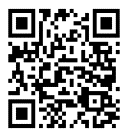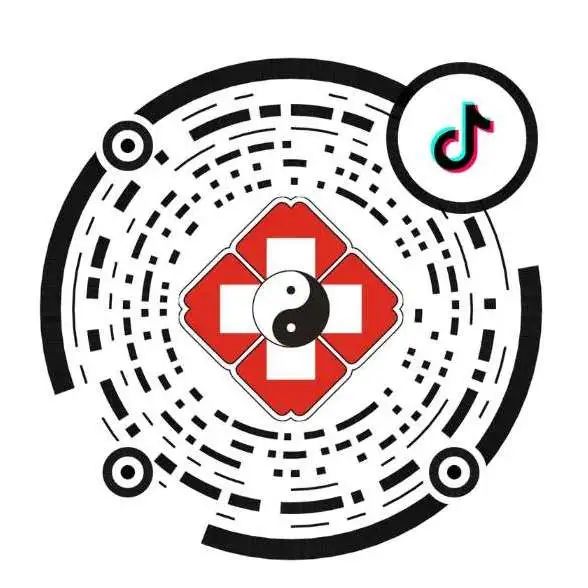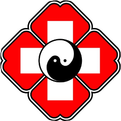Author: Sun Qinian
【Editor’s Note】This public account has previously launched a series of articles titled “‘Qi’ Talks” authored by Sun Qinian, which popularizes the basic knowledge and practices of Qigong, reviews the historical development of Qigong, and has received positive feedback. Therefore, in the new year, we will continue to promote this series of articles, hoping to assist all practitioners. To fully gather everyone’s opinions on this work, we will open a “comment” channel. Whether it is criticism, suggestions for improvement, or other insights, please send an email to [email protected] for communication between “readers and authors”.

The Functions of Qigong: Harmony, Communication, and Nourishment

Harmony
Harmony implies balance and concord. As stated in the “Guangya”: “Harmony means concord.” Harmony is also pursued by Confucianism, Buddhism, and Daoism. For instance, the “Dao De Jing” mentions “sounds harmonizing with each other,” while Confucianism emphasizes “harmony is precious,” and Buddhism has similar sayings. The concept of “harmony” in Qigong differs slightly from the “harmony” in the eight methods of “Medical Insights”; it refers to achieving harmony of body and spirit, alleviating emotional disturbances, and harmonizing the internal organs through self-exercise. ① Harmonizing body and spirit. The body (xing) and spirit (shen) are two indispensable aspects of human life activities; the body is the foundation of life, while the spirit is the master of life. Only when “body and spirit are together can one live to the end of their natural life, reaching a hundred years” (“Suwen”). This aligns with modern health perspectives. Qigong practice emphasizes the integration of the three harmonies and the importance of both mind and body; it also advocates the combination of movement and stillness. According to classical health preservation theories, movement nourishes the body, while stillness nourishes the spirit, thus ensuring the health of both body and spirit, achieving the effect of harmonizing them. ② Alleviating emotional disturbances. The “seven emotions” in Traditional Chinese Medicine (TCM) refer to joy, anger, worry, thought, sadness, fear, and shock, which broadly encompass various human emotions. Intense or prolonged negative emotional changes can severely harm health, becoming a pathogenic factor. The heart-calming techniques and relaxation methods in Qigong often directly alleviate the seven emotions; the process of “three harmonies” is also a process of alleviating negative emotions. If practiced collectively, it can regulate life rhythms, enhance communication among practitioners, and expand social circles, all of which help eliminate negative emotional stimuli. ③ Harmonizing the internal organs. Although the five zang (organs) and six fu (hollow organs) have distinct functions, they must cooperate and coordinate with each other. This relationship, apart from the mutual generation and overcoming in the five elements theory, also includes the rising of the liver and the descending of the lung in the flow of qi, as well as the spleen (stomach) generating blood, the heart governing blood, and the liver storing blood. Representative Qigong methods for harmonizing the internal organs include the Six Healing Sounds (Liu Zi Jue) and Eight Pieces of Brocade (Ba Duan Jin). We have discussed the Six Healing Sounds extensively, so let’s briefly analyze the Eight Pieces of Brocade. Each of the eight sections of the Eight Pieces of Brocade directly addresses specific internal organs. For example, “Opening the Bow Left and Right Like Shooting an Eagle” (formerly known as “Left Liver Right Lung Like Shooting an Eagle”) targets the liver and lung, adjusting the flow of qi. The liver is in the east, on the left, and its qi is primarily ascending; the lung is in the west, on the right, and its qi is primarily descending. During practice, the movements resembling “shooting an eagle” integrated with breathing and intention can coordinate the liver and lung, ensuring an orderly flow of qi.
Communication
Communication implies accessibility, smoothness, and unobstructed flow. The “I Ching” states: “To push and act upon it is called communication.” To maintain health, multiple aspects of “communication” are necessary, such as smooth breathing, unobstructed excretion, accessible meridians, flowing qi and blood, and flexible joint movements. Among these, the unobstructed flow of meridians and the activation of joints are particularly beneficial for health. The meridians of the human body are distributed throughout, serving various functions such as circulating qi and blood, connecting internal and external, and balancing yin and yang, closely related to blood circulation (especially microcirculation). Qigong, historically known as Dao Yin, involves three types of guidance—physical guidance, breathing guidance, and mental guidance. The comprehensive result of these is to keep the meridians unobstructed and ensure smooth qi and blood flow. Research has shown that after prolonged Qigong practice, blood viscosity significantly decreases, and indicators of microcirculation, such as capillary morphology and number, improve markedly, while heart function also significantly enhances. The combined effect results in a notable improvement in microcirculation, which is crucial for ensuring blood supply to vital organs such as the heart and brain.
Nourishment
Nourishment refers to the strengthening and beneficial effects of Qigong on the body, specifically its role in nourishing the essence, qi, and spirit of the body. As stated in “Zhuangzi: External Things”: “Stillness can cure diseases.” The ancients believed that essence, qi, and spirit are three essential substances that constitute the human body and serve as the material basis and external manifestation of the functional activities of various body parts. For the human body, each has its own role. The following three phenomena exemplify “nourishment”: First, many practitioners experience a reduction in symptoms of previously existing diseases and a decrease in medication usage after practicing, which may be due to the synergistic effect of practice and medication. Second, common phenomena observed during practice include increased appetite, normal bowel movements, and enhanced physical strength. Experimental studies have shown improvements in lung function, immune function, and bone density, which, in a sense, interpret and validate the “nourishing” effects of Qigong. Third, after prolonged practice, elderly individuals show improvements in cognitive abilities, reflected in faster mental calculation speeds, broader memory capacity, and enhancements in various intelligence indicators, demonstrating the enhancement of the “spirit” function through Qigong.

Official Website

Official Public Account

Member Service Account

Kuaishou Account
1484394819

Douyin Account
CAMQigong

Bilibili Account
516340612

Little Goose Account

Five Elements Master Inheritance Studio
Chinese Medicine Qigong Association
Long press the QR code to follow us
Editor | Li Jun
Proofreader | Cui Guopeng

